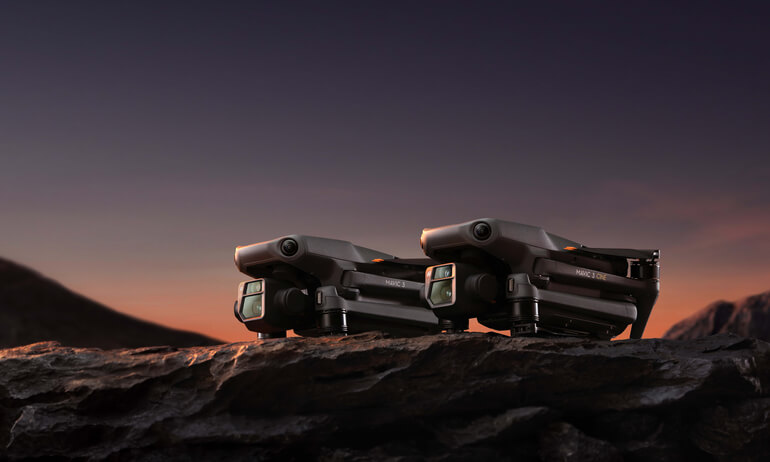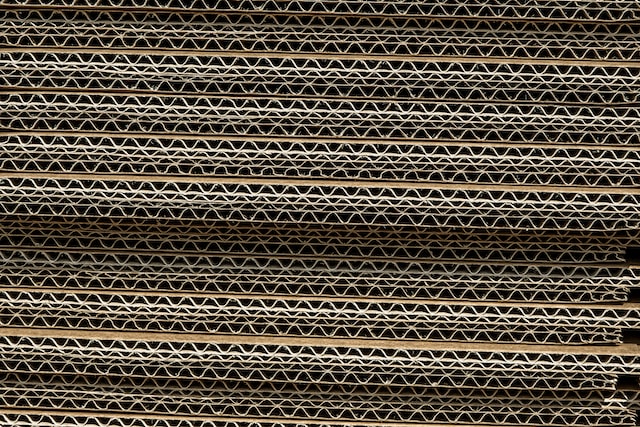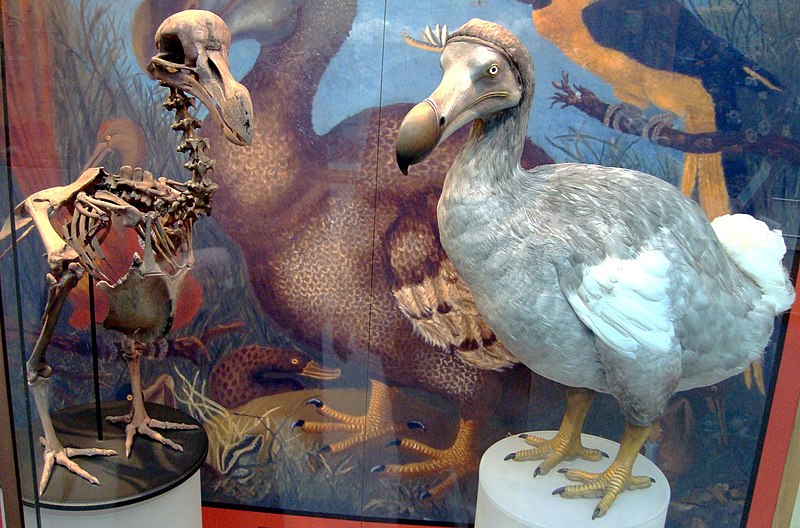DJI has released the third major version of Mavic, a photography-focused drone that stands out for its autonomous flight capabilities and video capture quality.
The Mavic 3 builds upon the success of the previous products, bringing improvements on all sectors, from the camera system to the transmission range, and from the flight time to the safety features.
Here’s a summary of all that is new or upgraded in Mavic 3:
- Main Hasselblad camera using a 4/3 CMOS sensor
- Second Telephoto camera and 108-degree FOV wide-angle lens (½” CMOS)
- Hasselblad HNCS (Natural Colour) system
- Ability to shoot up to 5.1K video at 50 fps or 4K at 120 fps
- 10-bit D-Log video
- 12.8 stops of dynamic range
- On-board 1TB SSD storage
- Aperture range: f/2.8 to f/11
- Max transmission range of 15 km
- Continuous flight time of 46 minutes
- Max flight speed of 32.4 km/h (21.3 mph)
- Full HD (1080p)/60fps live feed on the controller
- APAS 5.0 omni-directional obstacle sensing
- 3D object detection and active tracking
- Return to home function
This is an impressive list of features that takes the market’s favorite imaging drone to the next level.
However, it is important to note that some of the above will not be available immediately to new buyers. DJI promises to roll out all promised features and functions via firmware updates by January 2022.
And finally, the price is set to a baseline of $2,199, and with the accessories and extras, it could reach pretty “salty” levels. This is understandable for a highly capable device such as the Mavic 3, but it puts the product in a pro-level equipment market category.
Compared to the Mavic 2 Pro, Mavic 3 flies for longer, shoots in higher resolution, has a larger sensor, weighs less, and features a tele lens. So, all in all, it’s the better photography drone for professionals.
If you’re looking for something cheaper you can wait for the new Mavic Mini which should also be refreshed this year.







